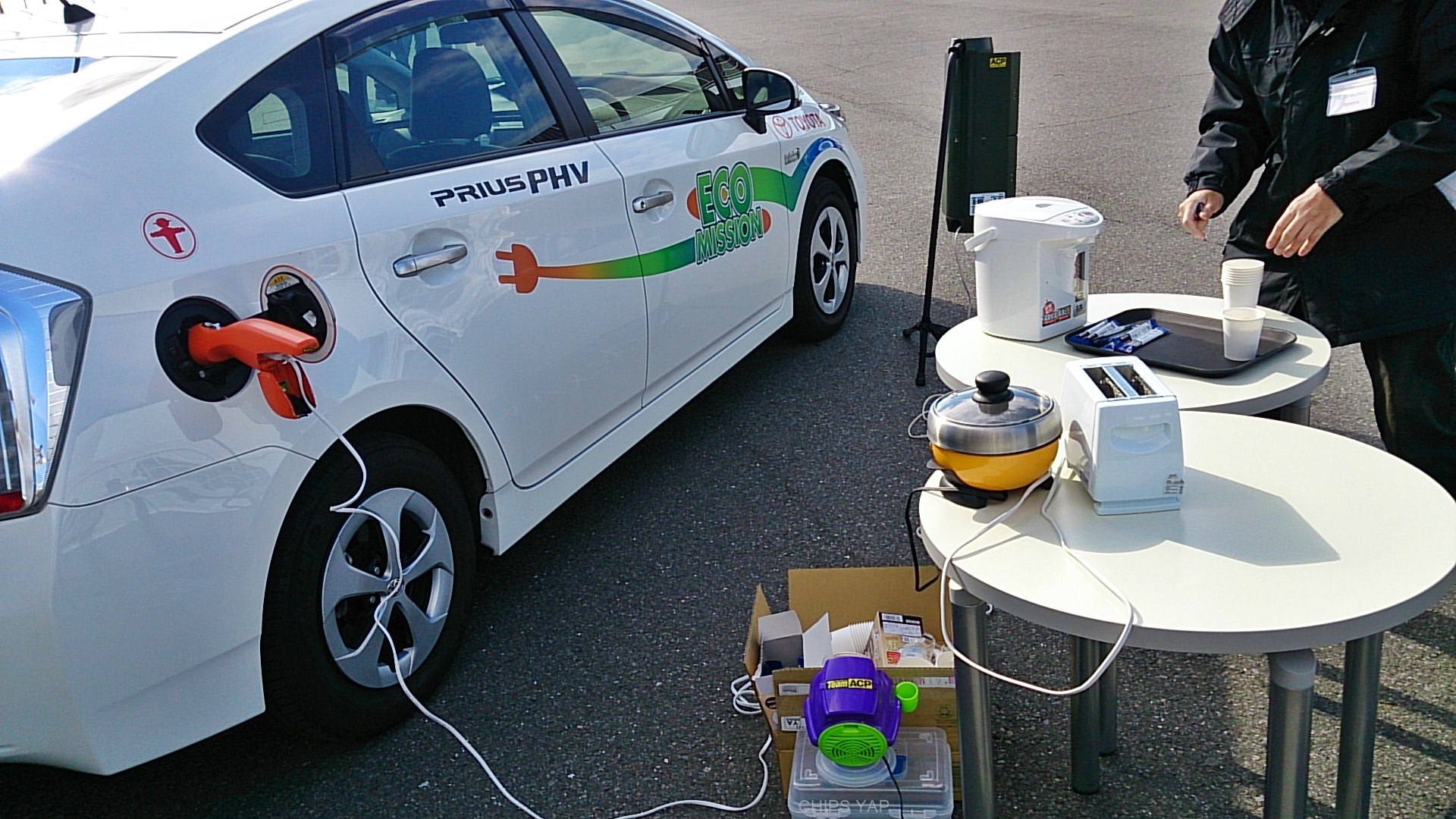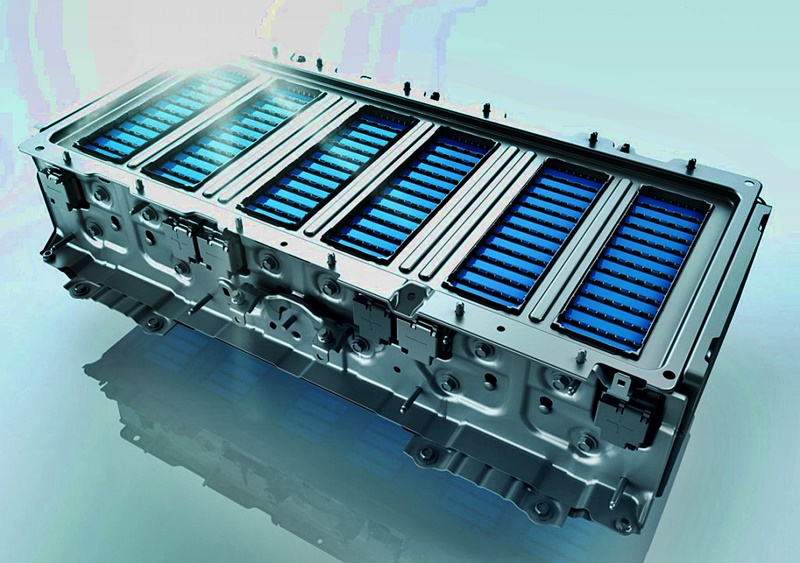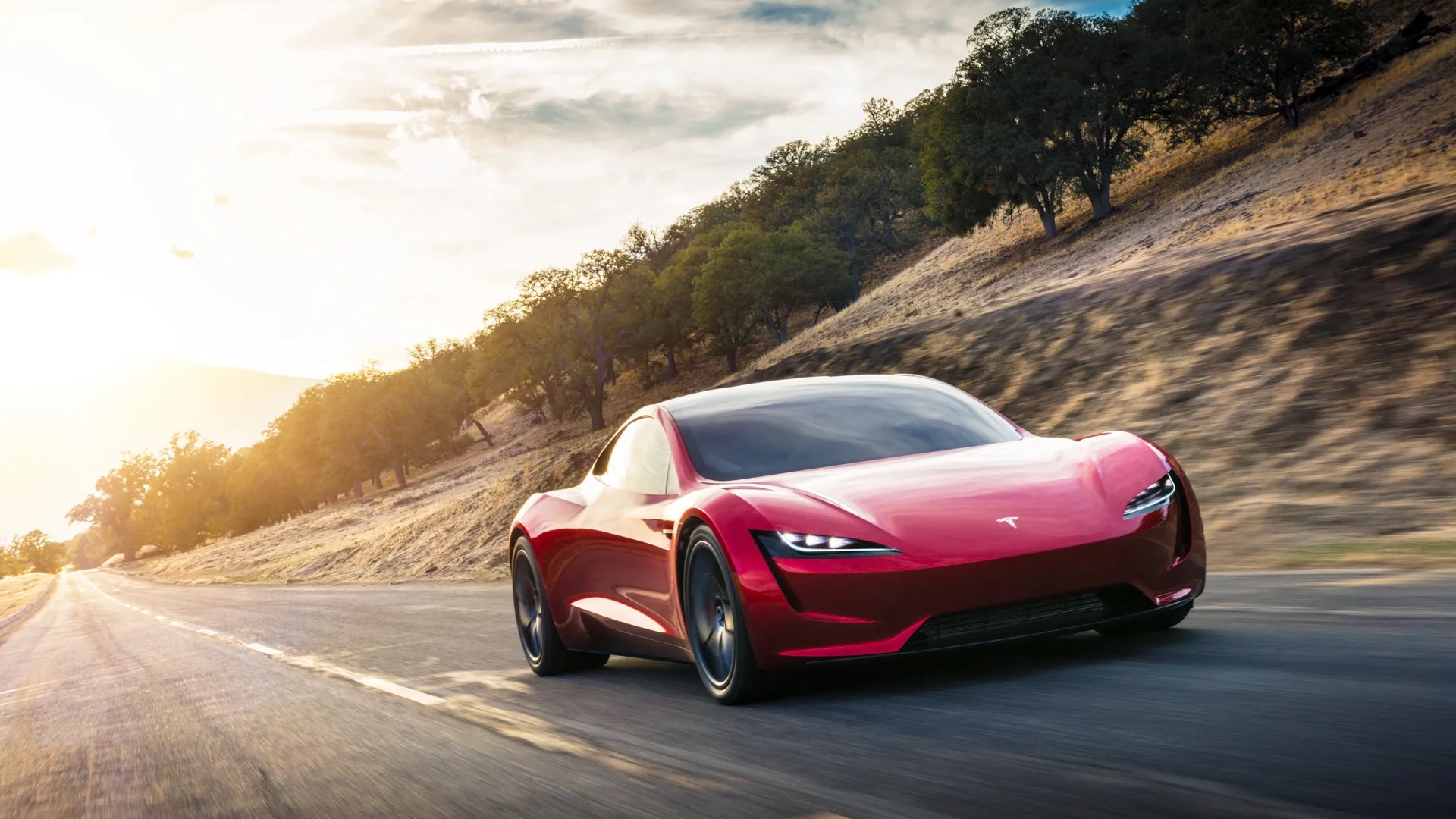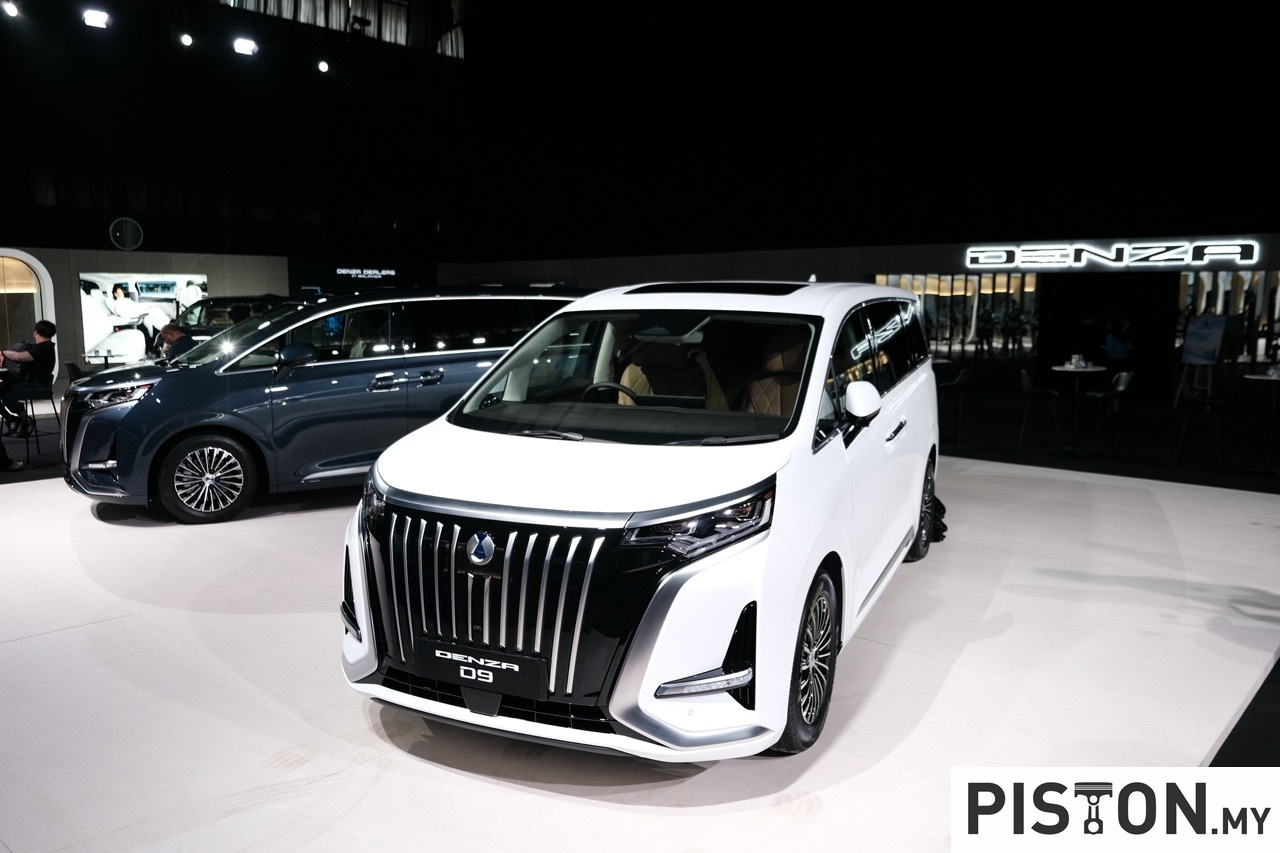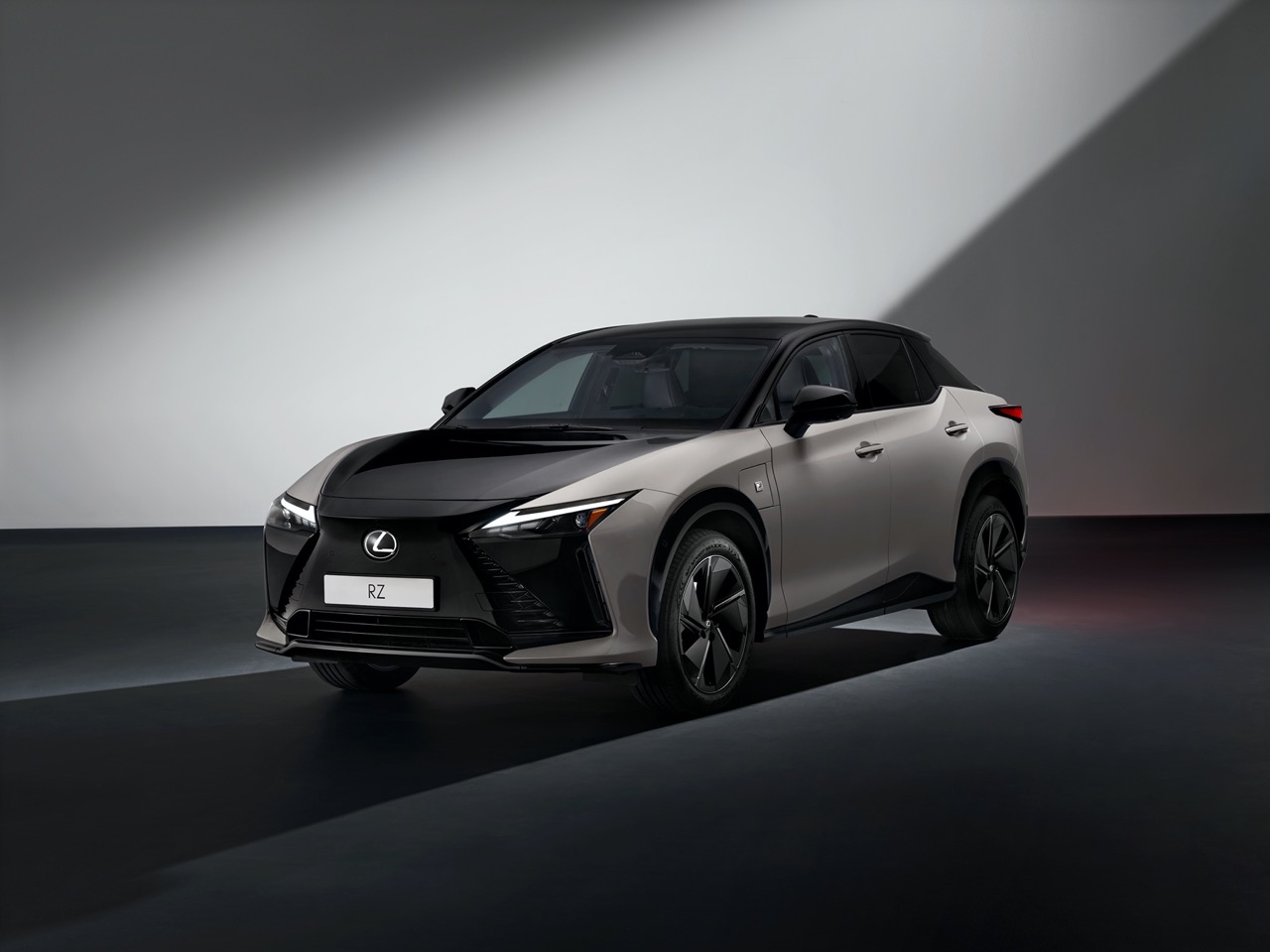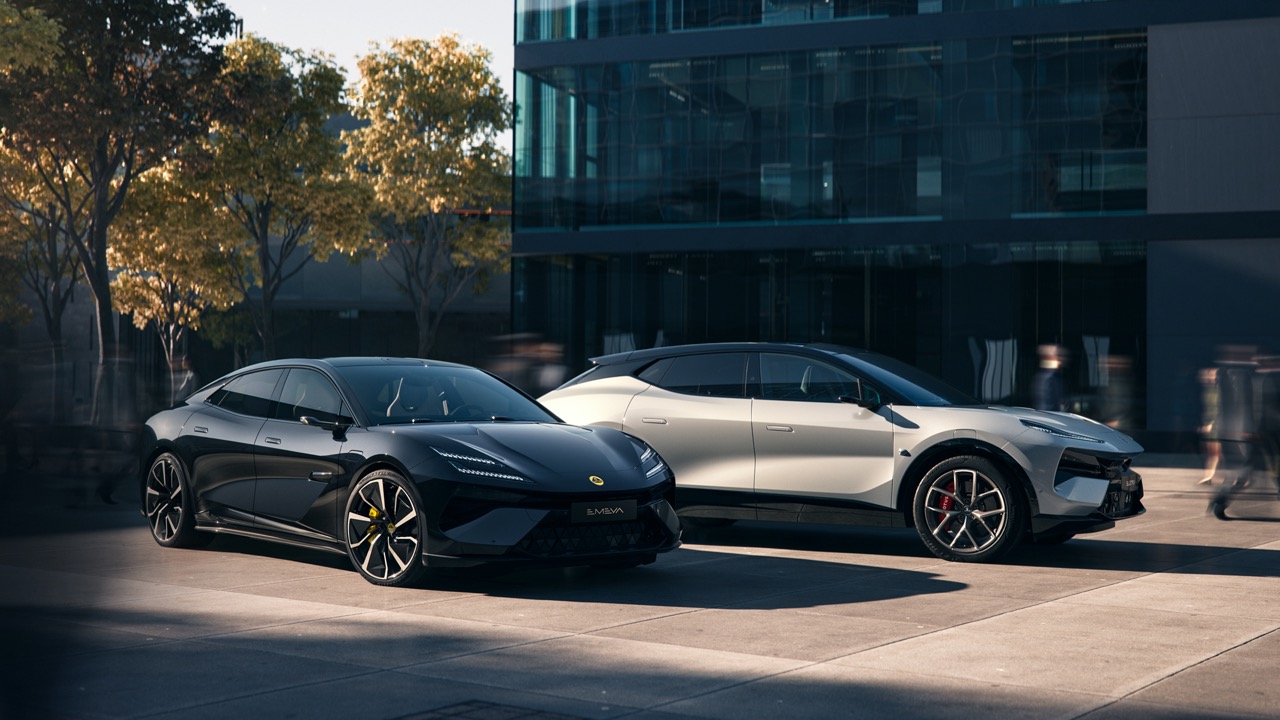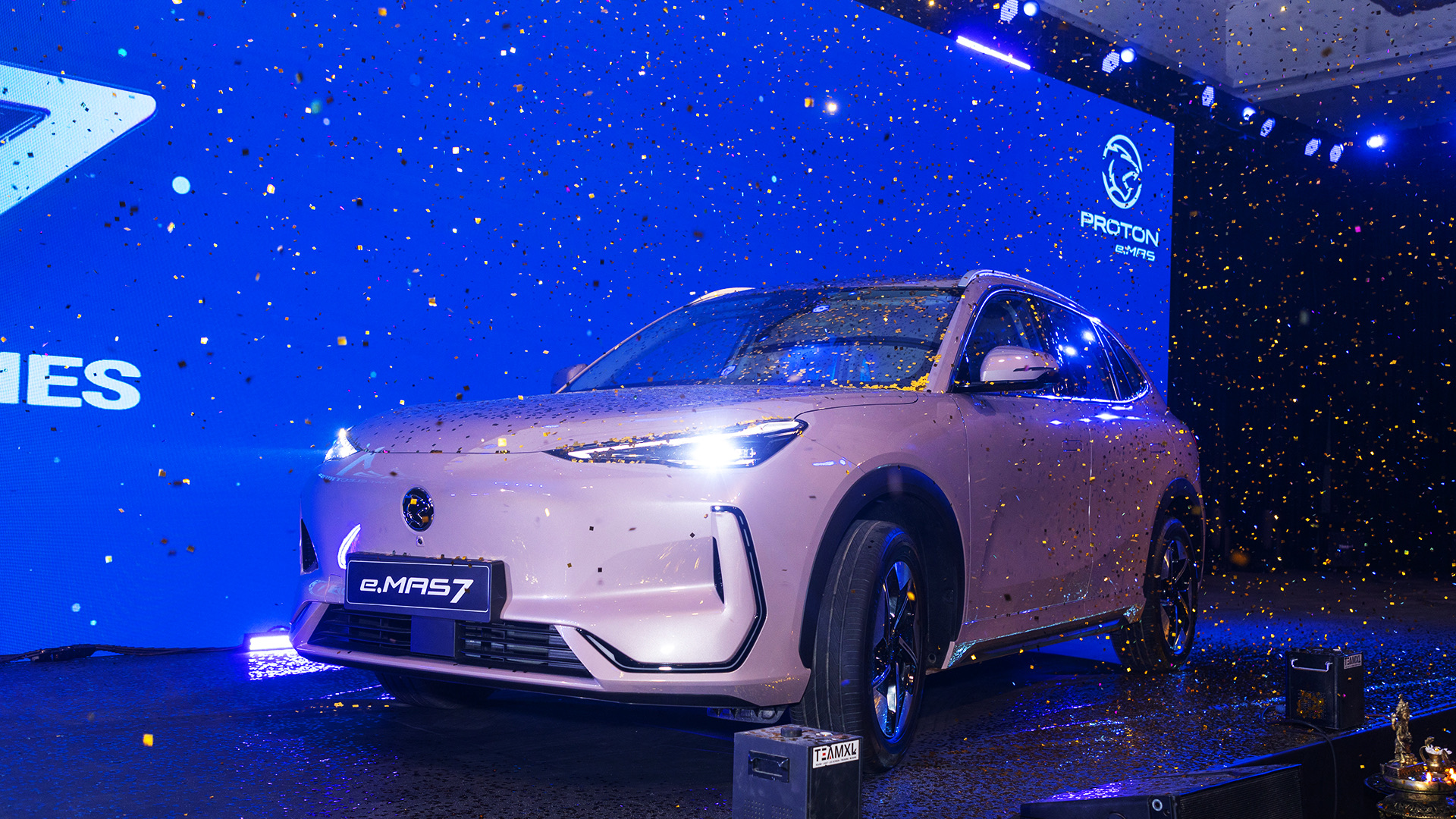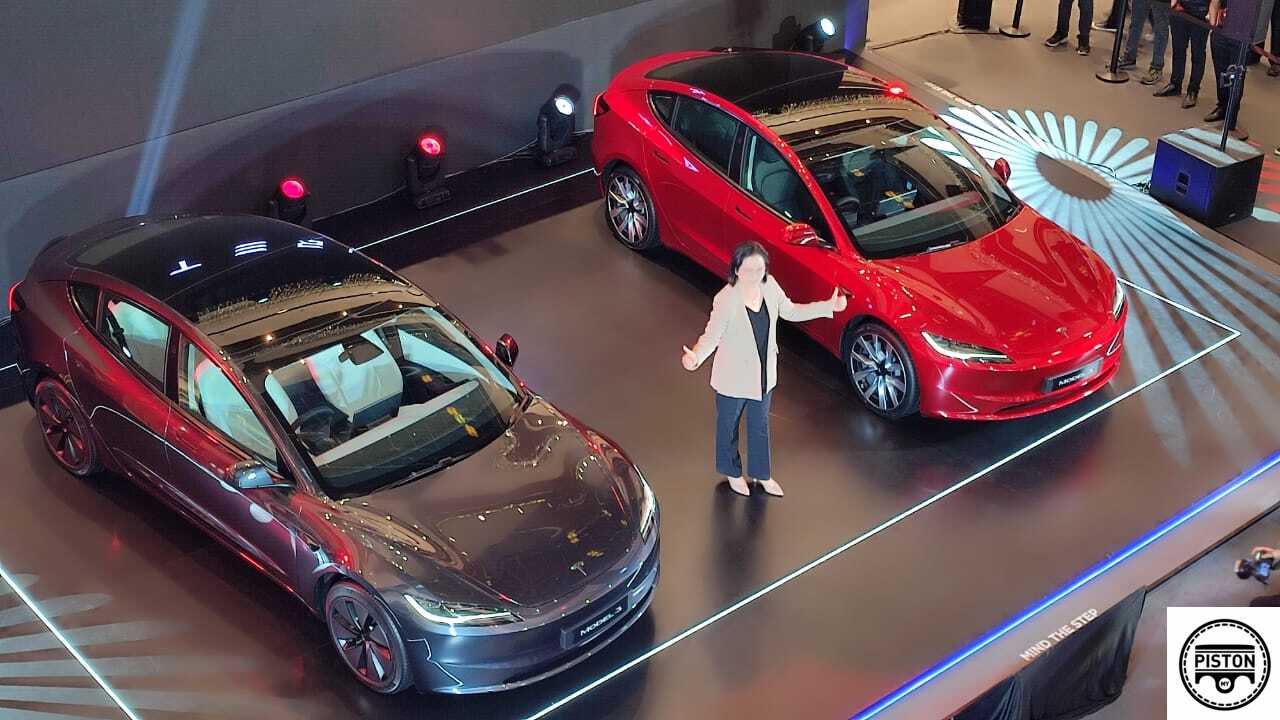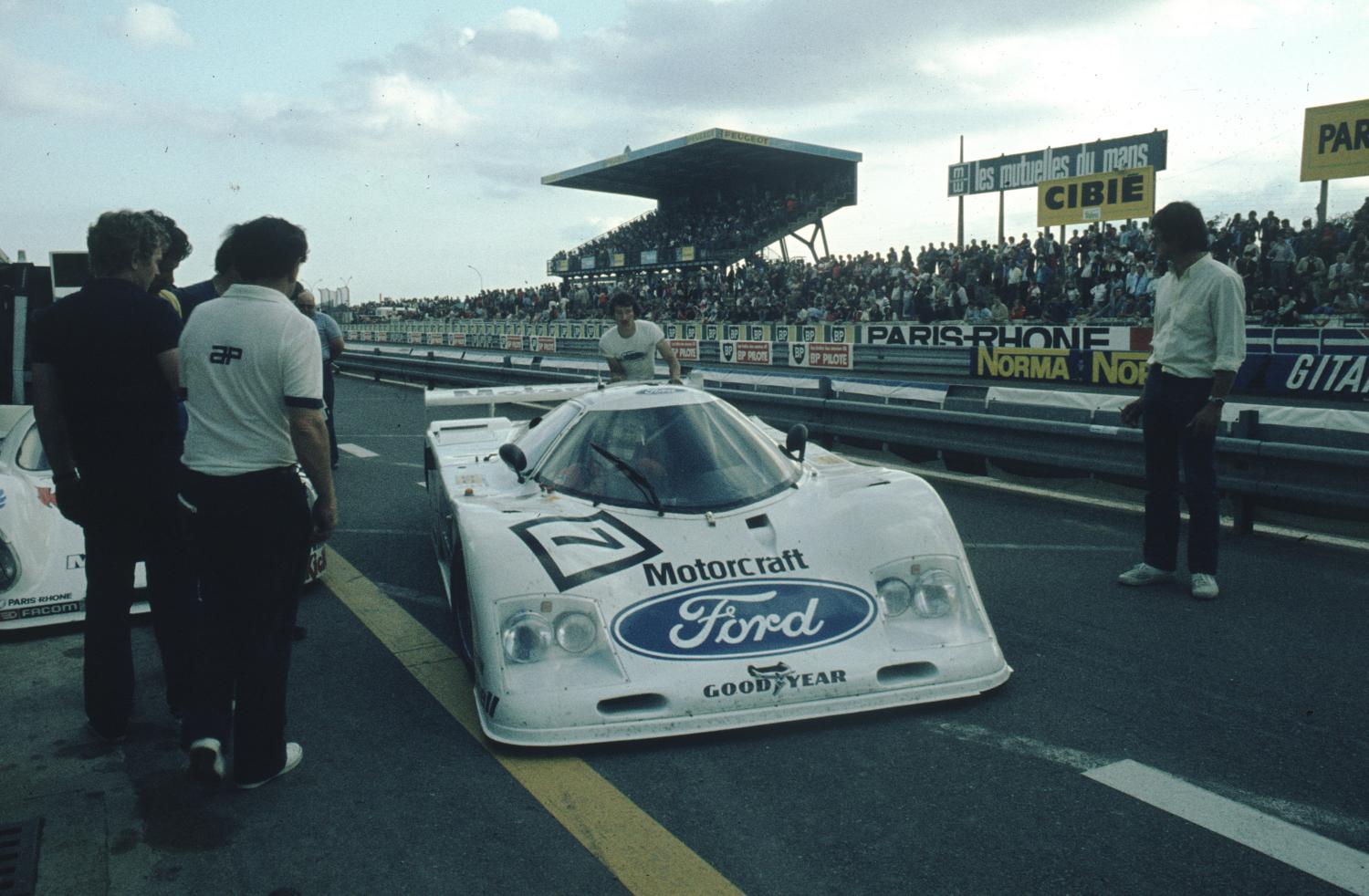Going camping usually means leaving behind the conveniences that modern living has, much of which depends on electric power. To cook or make coffee, you would need to have a fire and for lighting at night, you have a fire or use portable lanterns. Of course, those who travel by a vehicle could bring along a portable generator or with some vehicles (like the latest Ford Ranger), there are heavy-duty 3-pin outlets to supply electricity for equipment and devices.
In future, those who travel outdoors with electric vehicles will be able to use their EVs like ‘power banks’ with a feature known as Vehicle-To-Load (V2L). It’s slowly becoming a common feature in many of the latest EVs and is useful not only for camping but also at home. The large amount of energy stored in the battery pack can be used to power appliances in the house, which would be useful when you have a power cut.
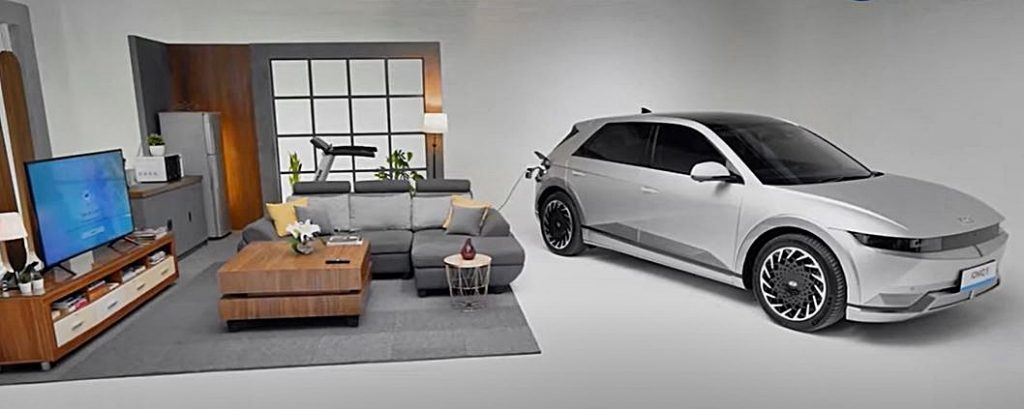
In fact, EVs would be useful for emergency work where rescuers have to go to areas which may have power supply cut due to earthquakes or other natural disasters. They can then draw electricity from their vehicles to power their equipment. Nissan proposed such an idea with its RE-LEAF concept a few years ago. With a fully charged 62 kWh battery pack, there should be enough electricity to power a household for up to 6 days.
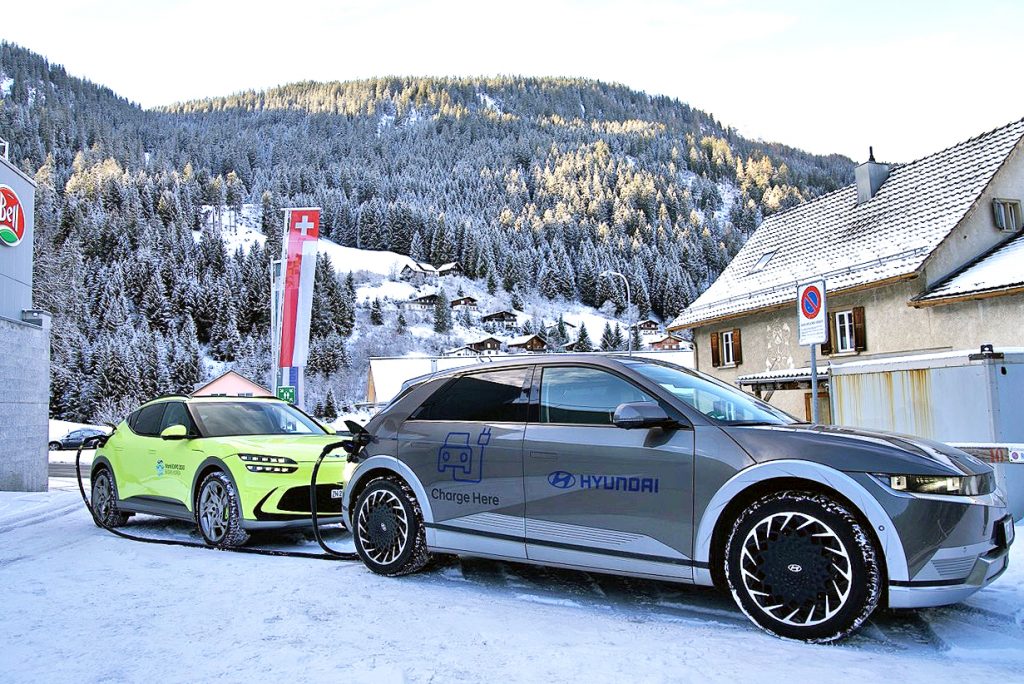
In order to have V2L, the EV must have a bidirectional power port, which means electricity can flow both ways, not just to the battery pack. EVs with V2L capability would have a built-in converter to convert the direct current (DC) electricity that is in the battery pack to alternating current (AC) which is necessary to power common appliances and devices. The bidirectional capability also means that the EV can be used to charge another EV, which would be useful for roadside assistance services.
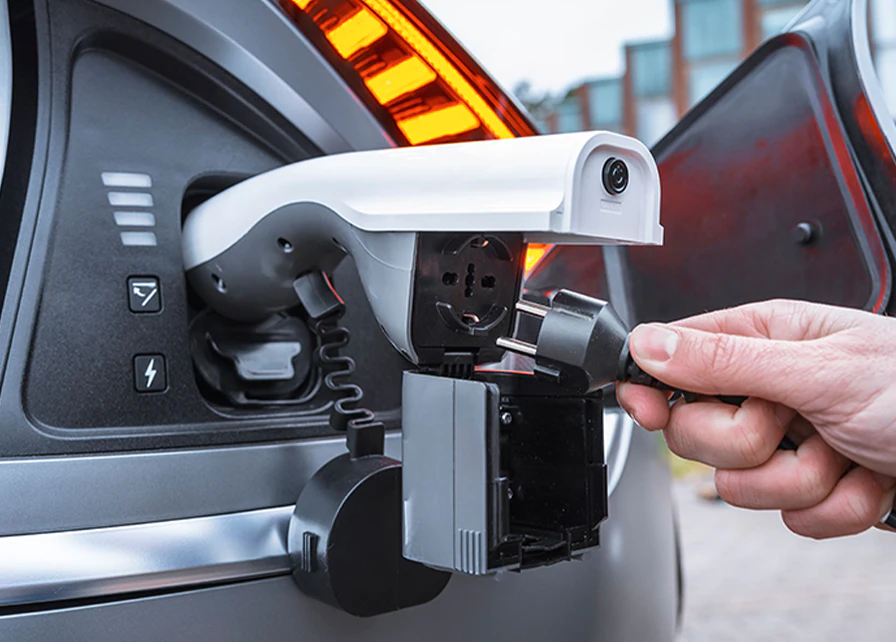
Adapter needed
The same port that is used to recharge the battery pack can also be used for V2L purposes although, at present, most EVs with the capability need an adapter to which normal electrical plugs can be connected. The adapter would be like the wall socket in the home so extension or multiple sockets can also be connected. In future, if V2L proves to be popular and frequently used, the carmakers may provide dedicated ports for the purpose.

Using EVs to power external appliances is not exactly new though the term has only come into use in recent years. However, as far back as 2011, when Japan was hit by a massive earthquake and tsunami, EV models like the Mitsubishi i-MiEV and Nissan LEAF were used to provide electricity at locations where there was no supply. Even back then, the i-MiEV with a 16 kWh battery could provide power at 1500W of electricity for up to 6 hours – enough to power a rice cooker and other equipment.

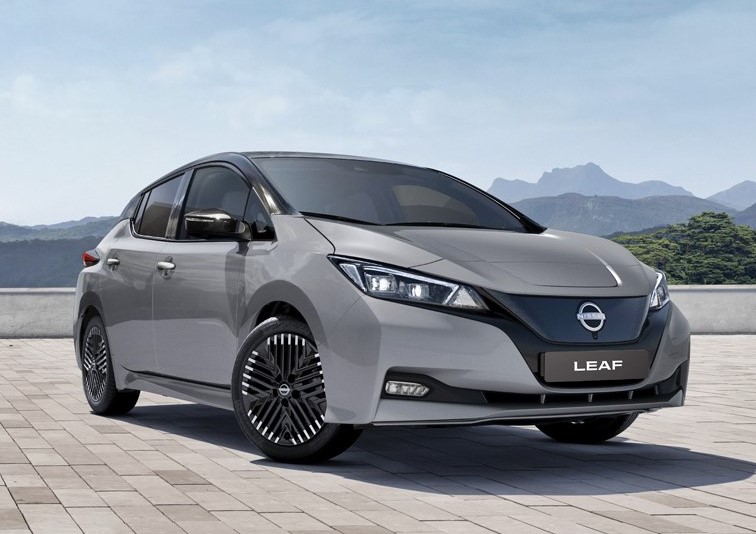
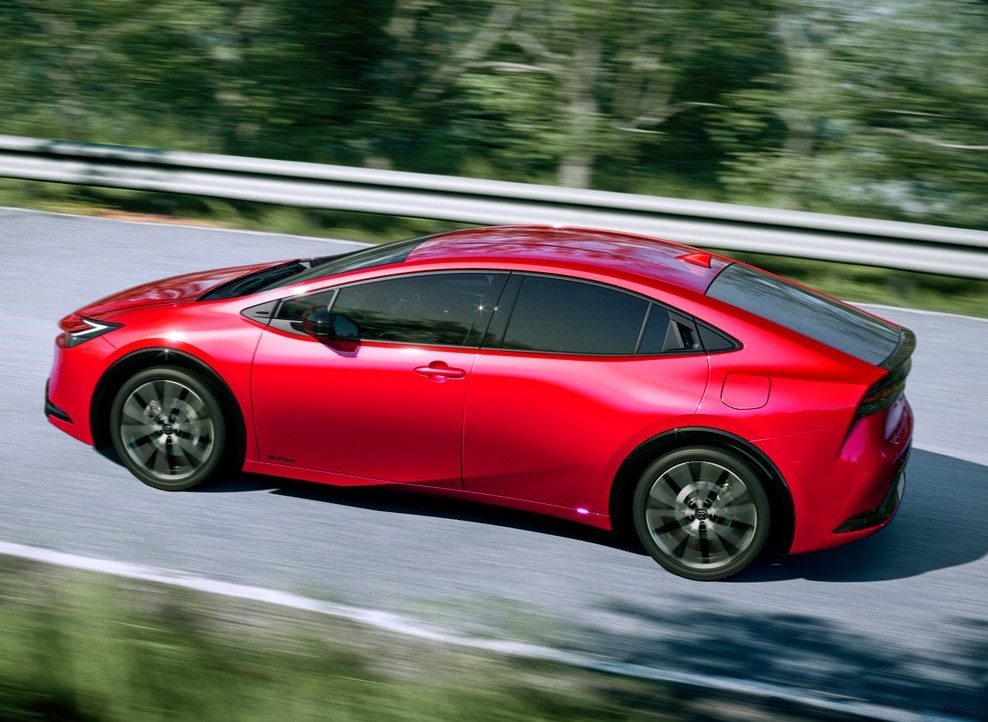
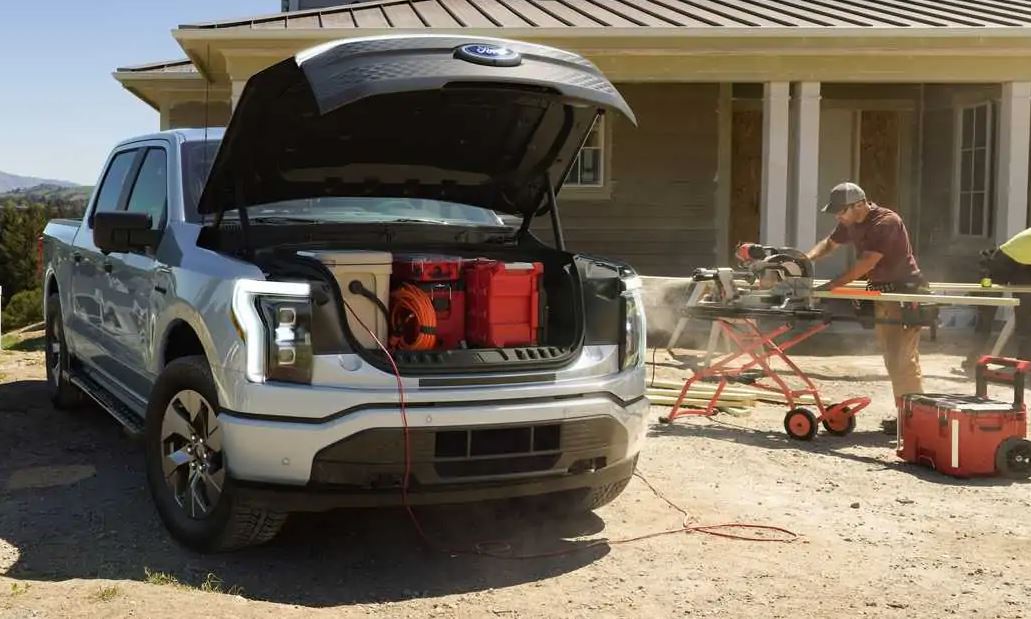
Which EVs have V2L?
Technically, any EV should be able to have V2L and it is whether the carmaker wants to spend the extra money including the inverter. It might also be something that could become an option that can be obtained later by paying a fee to ‘unlock’ in the car’s system.
But like many features and technologies, as costs go down, they will become more common as a standard feature. Most of the latest EVs have V2L and in time, it might become as common as the 12V cigarette lighter socket or these days, USB ports.




